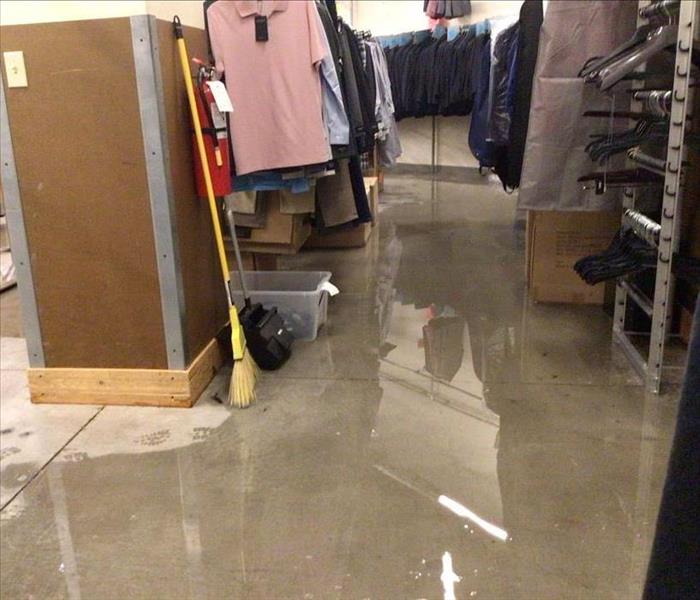Understanding Flood Damage vs. Water Damage: What You Need to Know
6/12/2024 (Permalink)
 If you're facing flood or water damage, trust the experts at SERVPRO of Highlands Ranch to provide prompt and professional restoration services!
If you're facing flood or water damage, trust the experts at SERVPRO of Highlands Ranch to provide prompt and professional restoration services!
When it comes to water-related disasters, understanding the difference between flood damage and water damage is important for effective mitigation and restoration efforts. While both may involve water intrusion, they differ in terms of their causes, insurance coverage, and remediation methods. In this blog, we'll explore the key differences between flood damage and water damage to help homeowners and business owners better navigate these challenging situations.
1. Causes of Damage
Flood Damage: Flood damage occurs when water floods a property due to external sources such as heavy rainfall, overflowing rivers or streams, storm surges, or flash flooding. It typically affects large areas and can result in extensive damage to structures, belongings, and personal property.
Water Damage: Water damage, on the other hand, can occur as a result of various internal factors within a property, such as burst pipes, plumbing leaks, appliance malfunctions, or roof leaks. Unlike flood damage, water damage is often localized and may affect specific areas or rooms within a building.
2. Insurance Coverage
Flood Damage: Flood damage is typically not covered by standard homeowners or commercial property insurance policies. Instead, it requires a separate flood insurance policy, which is offered through the National Flood Insurance Program (NFIP) or private insurers. Property owners in flood-prone areas need to obtain flood insurance to protect against financial losses resulting from flood damage.
Water Damage: Water damage caused by sudden and accidental events, such as burst pipes or appliance leaks, is generally covered by standard homeowners or commercial property insurance policies. However, coverage may vary depending on the specific policy terms, exclusions, and endorsements. Property owners should review their insurance policies carefully and consider purchasing additional coverage if needed.
3. Remediation Methods
Flood Damage: Mitigating and restoring flood damage requires specialized equipment, techniques, and expertise due to the nature of the water involved. Floodwater may contain contaminants, bacteria, and other hazards, requiring thorough cleaning, disinfection, and drying processes. Professional flood damage restoration companies, such as SERVPRO®, have the training and equipment necessary to safely and effectively remediate flood-damaged properties.
Water Damage: Remediation of water damage typically involves extracting standing water, drying affected areas, and repairing or replacing damaged materials and belongings. Restoration professionals use a combination of moisture detection tools, air movers, dehumidifiers, and other equipment to dry out the property and prevent mold growth and structural issues.
In conclusion, while flood damage and water damage may both involve unwanted water intrusion, they differ in terms of their causes, insurance coverage, and remediation methods. By understanding these key differences, property owners can better prepare for and respond to water-related disasters. If you're facing flood or water damage, trust the experts at SERVPRO of Highlands Ranch to provide prompt and professional restoration services tailored to your needs.

 24/7 Emergency Service
24/7 Emergency Service